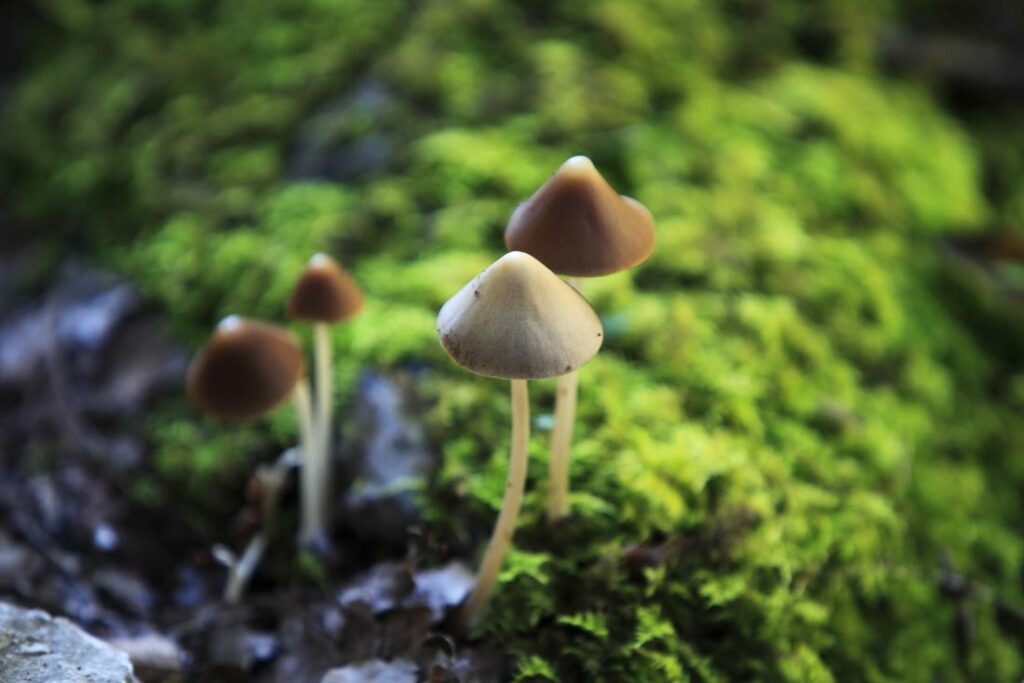In recent years, the concept of microdosing magic mushrooms has transitioned from a countercultural quirk to a topic of serious scientific inquiry. Microdosing, or the practice of consuming very low, sub-hallucinogenic doses of psychedelic substances, has garnered interest for its potential benefits in mental health, creativity, and overall well-being. However, with its rising popularity, numerous myths have surfaced, creating a blend of fact and fiction. This blog post aims to demystify microdosing magic mushrooms by separating the myths from the realities.
What is Microdosing?
Microdosing involves taking about 1/10th of a ‘trip’ dose of a psychedelic substance, such as psilocybin, the active ingredient in magic mushrooms. This dose is not enough to cause a full-blown psychedelic experience but is believed to induce subtle physiological and psychological changes.
Myth 1: Microdosing is a New Concept
Reality:
While the term “microdosing” and its popularization in modern culture are relatively recent, the practice itself is not new. Indigenous cultures have long used sub-perceptual doses of psychedelic substances for spiritual and healing purposes. In the contemporary context, microdosing gained prominence in the 2010s, largely influenced by the works of individuals like James Fadiman, a psychologist and researcher known for his work in psychedelic therapy.
Myth 2: Microdosing Leads to Major Psychedelic Experiences
Reality:
A common misconception is that microdosing can lead to significant hallucinogenic experiences. In reality, the doses used in microdosing are too low to produce such effects. Users often report subtle enhancements in mood, cognition, or creativity, rather than the intense visual and sensory alterations associated with higher doses of psychedelics.
Myth 3: Microdosing is Completely Safe
Reality:
While microdosing is generally considered safe, especially compared to full doses of psychedelics, it is not without risks. The long-term effects of regular microdosing are still unknown. Additionally, psychedelics can exacerbate certain mental health conditions, and there is a risk of interaction with other medications. It is important to approach microdosing with caution and ideally under the guidance of a healthcare professional.
Myth 4: The Benefits of Microdosing are Purely Anecdotal
Reality:
While it’s true that much of the initial buzz around microdosing was anecdotal, recent scientific studies have begun to explore its effects more systematically. Research is still in early stages, but some studies have suggested potential benefits in mood enhancement, creativity, and cognitive flexibility. However, the scientific community emphasizes the need for more rigorous, controlled studies to validate these findings.
Myth 5: Microdosing is a Guaranteed Way to Boost Creativity and Productivity
Reality:
Many users report increased creativity and productivity while microdosing, but these effects are not universal. Individual experiences with microdosing can vary widely. Factors such as personal biochemistry, the setting of use, and the intention behind microdosing all play a role in its effects.
Myth 6: Microdosing Magic Mushrooms is Legal
Reality:
The legal status of microdosing psilocybin varies by country and region. In most places, including the United States, Canada, and much of Europe, psilocybin remains a controlled substance, and its use, including microdosing, is illegal. However, there is a growing movement to reevaluate the legal status of psychedelics, particularly for medicinal purposes.
Myth 7: Microdosing Works the Same for Everyone
Reality:
Like any substance, the effects of microdosing can differ from person to person. Factors such as body weight, metabolism, and individual sensitivity to psilocybin can influence the experience. This variability underscores the importance of personal experimentation and caution when microdosing.
The Science Behind Microdosing
The purported benefits of microdosing magic mushrooms are believed to be linked to the way psilocybin interacts with the serotonin receptors in the brain. Serotonin is a neurotransmitter that plays a key role in regulating mood and cognition. By modulating these receptors, psilocybin could potentially influence mood, perception, and thought patterns. However, more research is necessary to fully understand these mechanisms and their implications.
Final Thoughts
Microdosing magic mushrooms is a complex topic that sits at the intersection of ancient practices and modern science. While it holds promise in various areas, it’s crucial to approach it with a balanced perspective, acknowledging both its potential benefits and limitations. As research evolves, we can expect a clearer picture to emerge, one that will hopefully demystify the realities of microdosing further. For now, it remains a fascinating, albeit not fully understood, frontier in the realm of mental health and human consciousness.

